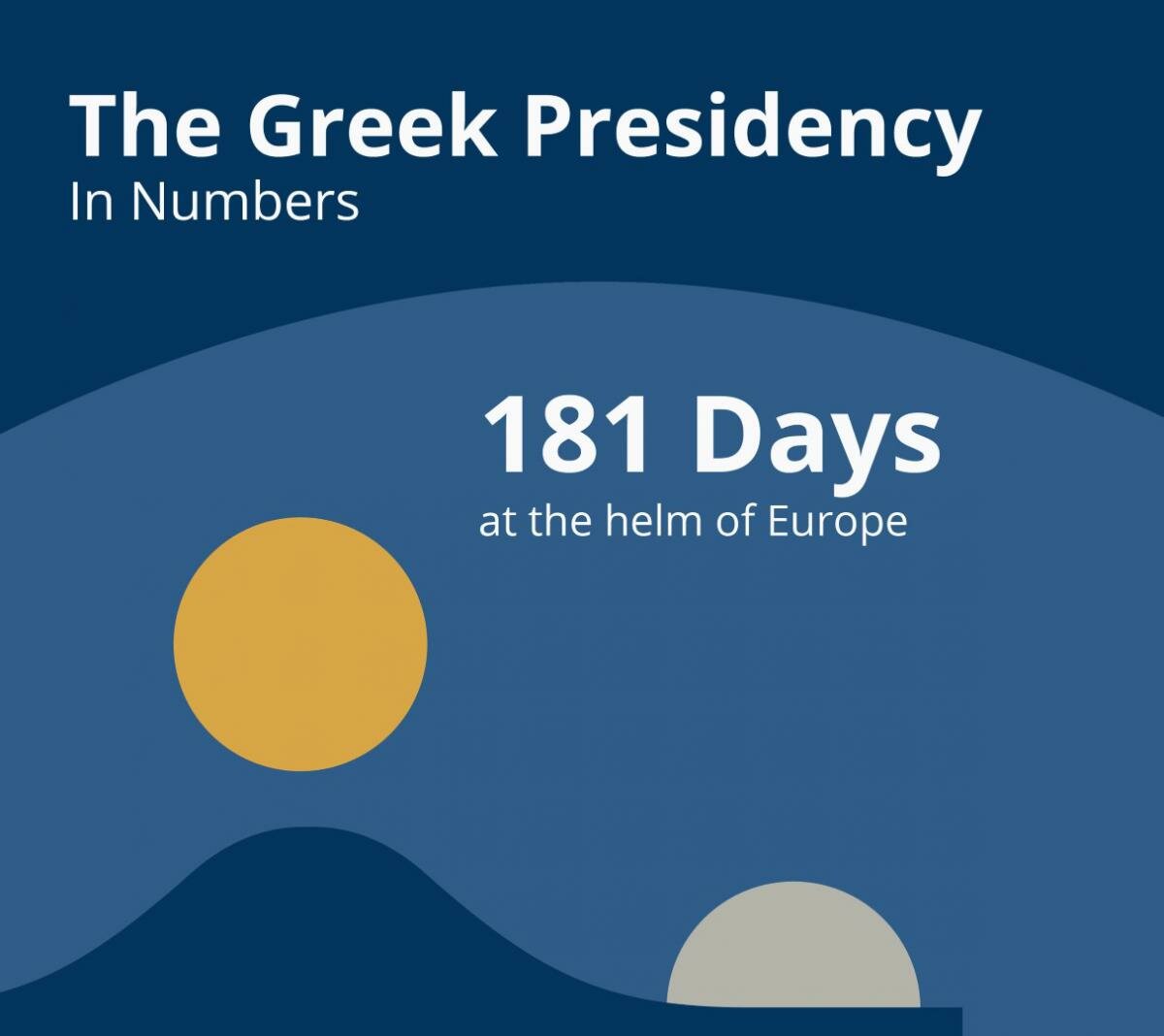Maritime

The 'blue' economy in the EU provides jobs for 5.4 million people and contributes around €500 billion to the EU economy. By 2020, these should increase to 7 million and nearly €600 billion respectively. Greece and Italy's EU presidencies have declared 2014 ‘Year of the Mediterranean’. Blue Growth Focus Areas include energy, aquaculture, coastal & cruise tourism, marine mineral resources and biotechnology.

Greek shipping helps EU trade go round. 90% of international trade is sea fared, and the Greek merchant fleet -the world’s largest in terms of total tonnage- constitutes 40% of the European shipping sector and 15% of global shipping. Shipping is the second largest contributor to the domestic economy. Together with tourism, they account for almost 1/4 of total economic output.

Greece produces around 150,000 tons of fish and seafood every year, most of which is caught in the Aegean Sea. Fish is the second largest food export after olive oil, with 85% of total production exported. Commercial aquaculture is equally dynamic, ranking first among EU and Mediterranean countries. Sardines, anchovies, sea bream, sea bass and Mediterranean mussels are trademark products of Greek waters.

Enjoy a taste of the Aegean anywhere in Europe. Almost half of the sea breams and sea basses consumed in the EU come straight from the Greek sea.

Greeks have always been a sea-loving and seafaring people,endlessly pursuing new resources and adventures beyond their shores. This nautical legacy is showcased in the country’s five nautical museums, while much more has been forever buried underwater in shipwrecks. Nowadays, Greece is an ideal place for sea sports. To the modern day Ulysses, the archipelago’s 9,096 islands and islets, offer splendid opportunities for fascinating journeys to everyman’s Ithaca.

Island cultural identity is distinct in Greece, marked by a combination of vigour and roughness, isolation and resilience, unparalleled sunsets and open horizons.

Modern-day islanders are mostly engaged in tourism and shipping activities, but it has not always been so. The rugged landscape of many islands has over time left the population with no alternative but emigration. The people on the islands have learnt to be resourceful and make the most of what they had: delicious food out of humble ingredients, architecture carved on stone and a great deal of arts & crafts, including pottery, wood and stone crafting, embroidery, lacework, weaving, iconography, music and more.





